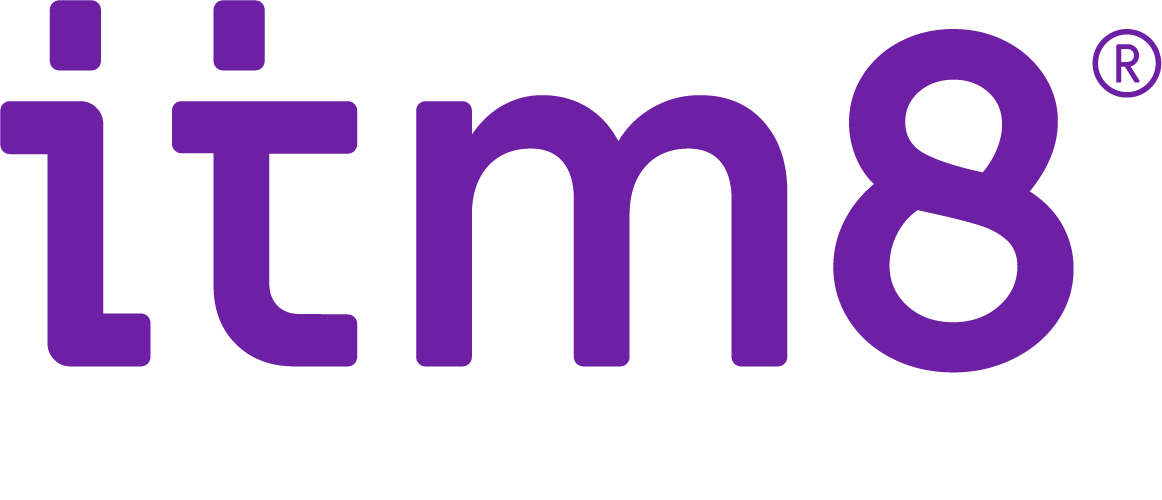När man startar ett IoT-projekt så bör man med fördel börja smått och enkelt vilket framgår av föregående blogg i ämnet. Det är också viktigt att inte begränsa sig till en specifik teknik utan man bör hålla ett öppet sinne och prova sig fram. Följande komponenter brukar ingå i en så kallad Proof of Concept men det kan variera beroende på vilka utmaningar projektet består av.
Sensor
Ofta vill man mäta något och då kan det till exempel handla om temperatur, position eller ljusstyrka. Dessa typer av sensorer är förhållandevis enkla och billiga men det finns även mer avancerade sensorer som till exempel FLIR-kameror och roterande LIDAR-sensorer. Den sistnämna sensorn förekommer till exempel i projekt för självkörande fordon men oavsett vilken sensor man har behov av så måste det finnas möjlighet att ansluta den till någon form av basenhet.
Basenhet
En basenhet kan innehålla en mikroprocessor och lagring men även inbyggda sensorer och ibland även möjligheter för kommunikation. Det är dock osannolikt att en basenhet som möter alla krav i projektet finns på marknaden vilket innebär att man får välja en enskild basenhet, som till exempel Raspberry Pi eller Arduino. I detta skede finns det då parametrar som prestanda, strömförbrukning, inkapsling och annat att ta hänsyn till. Om man till exempel vill att basenheten ska kunna detektera objekt med artificiell intelligens så bör prestanda prioriteras över strömförbrukning. På samma sätt bör man prioritera inkapsling över prestanda om enheten exempelvis utsätts för vatten eller damm (IP65).
Kommunikation
Den data som genereras av sensorerna och behandlas i basenheten ska sedan skickas iväg för vidare lagring och analys. För detta krävs någon form av kommunikation med omvärlden och det finns en mängd olika tekniker att beakta i detta sammanhanget.
Man kan välja på vedertagna metoder som Wi-Fi, Bluetooth, GPRS och 3G/4G men det finns även andra metoder med tillhörande fördelar och nackdelar.
Några av dessa inkluderar NB-IoT (Narrowband IoT), LoRaWAN (Long Range Wide Area Network) och SigFox och här kan man stöta på fördelar som till exempel extremt lång räckvidd och låg strömförbrukning men även nackdelar som exempelvis begränsningar i tillgänglighet och överföringskapacitet. Man får helt enkelt prova sig fram och utvärdera vilken metod som möter kraven bäst.
Lagring och Analys
Med fördel väljs en molntjänst för ändamålet då det går snabbt och enkelt att sätta upp vilket överensstämmer med tidigare uppsatta mål i projektet. Här är det viktigt att välja en leverantör som möjliggör en förhållandevis enkel integration med övriga system, som till exempel Microsoft Azure, där man får tillgång till tjänster som IoT Hub, Logic App, SQL Database och Power BI för hantering, lagring och analys av den data som sensorerna lämnar ifrån sig. Framöver har man även optionen att tillämpa artificiell intelligens på en större mängd data vilket möjliggör till exempel predictive maintenance, anomaly detection eller andra funktioner i ämnet machine learning.
Utvärdering
Slutligen utvärderas konceptet i sin helhet där man tar reda på om det eftersökta värdet har skapats och om man ska gå vidare i större skala. Faktorer att beakta innefattar bland annat massproduktion av enheter, globala kommunikationsmöjligheter, säkerhet och integritet. Låter detta intressant? I så fall, tveka inte att ta kontakt med oss.


